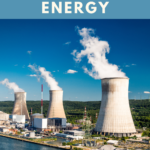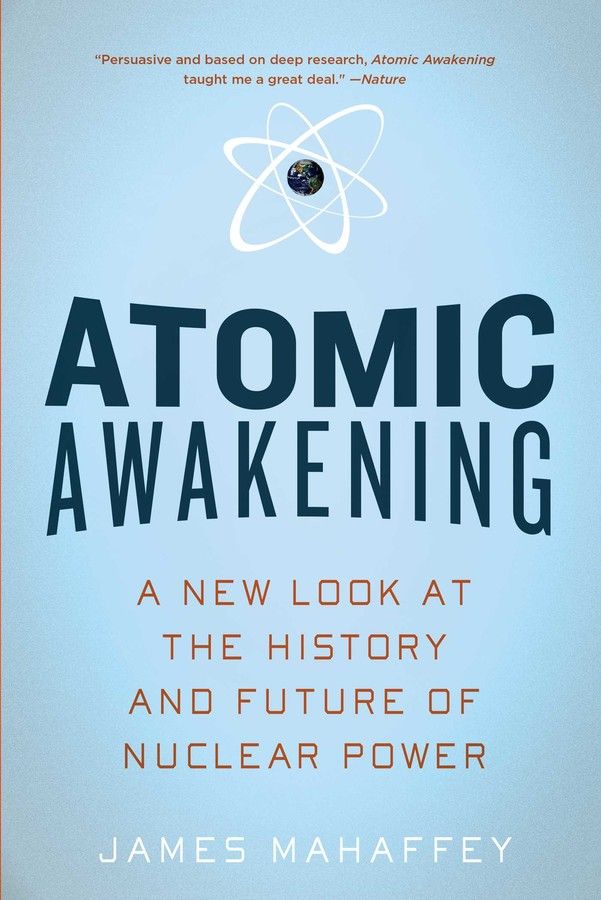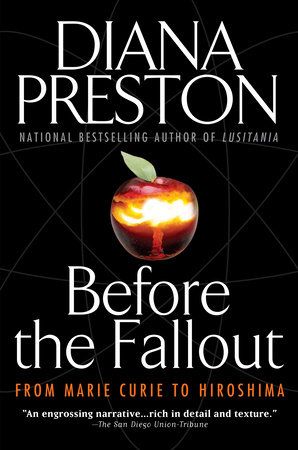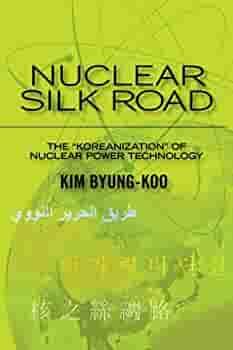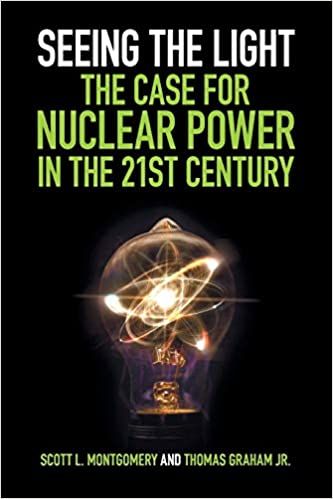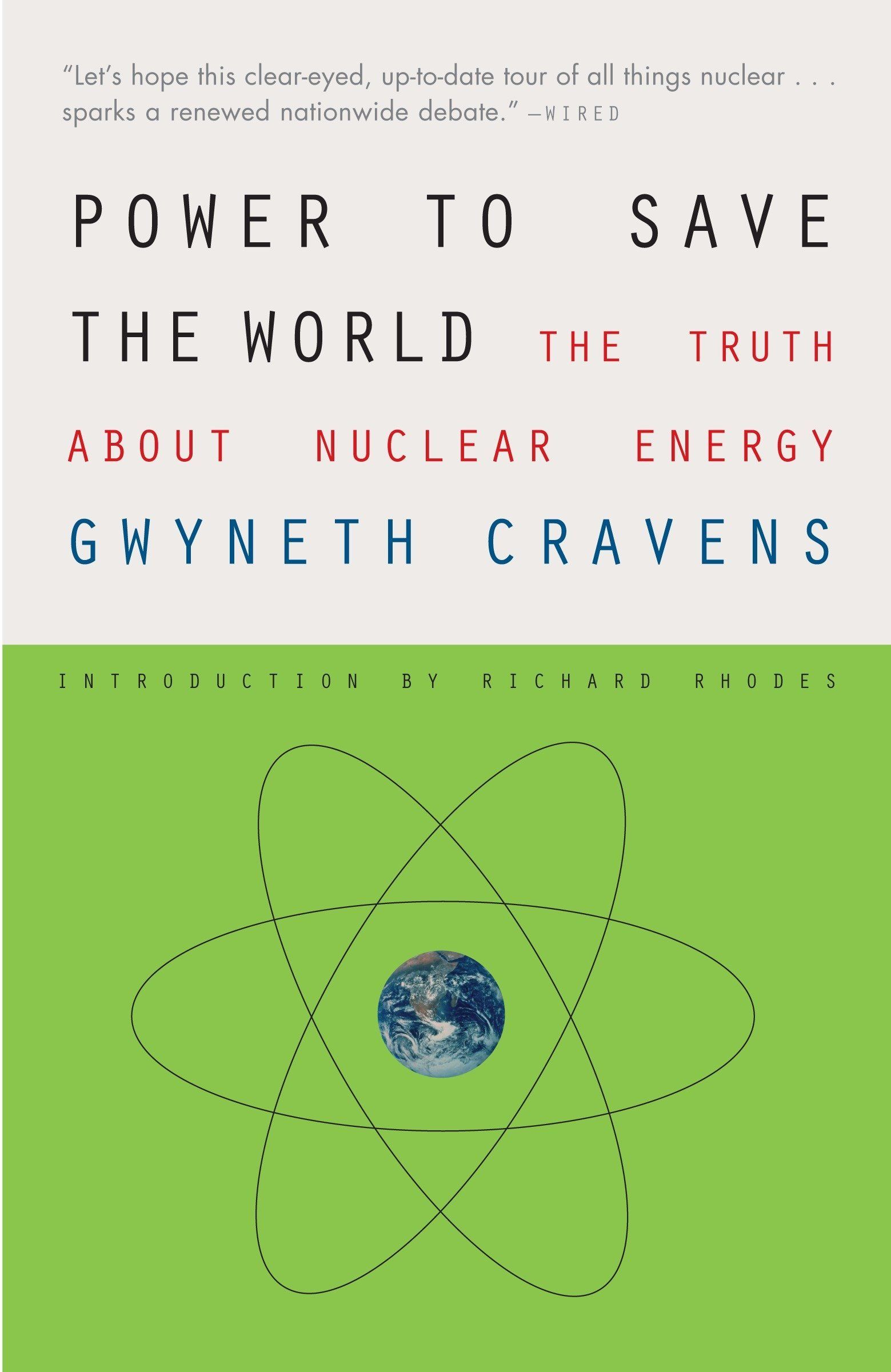Nuclear energy is produced one of two ways (please forgive the oversimplification; I am but a humble technical writer with an English degree). Nuclear fission splits apart heavy atoms such as uranium to create energy. Nuclear fusion combines light atoms together, most commonly with two isotopes of hydrogen (we are, essentially, mimicking what the sun does: converting hydrogen into helium). Both of these processes release a tremendous amount of energy, but one is safer than the other (the safer being nuclear fusion). Nuclear fission makes atoms unstable, and this is the process that spun out of control at places like Chernobyl and Fukushima Daiichi. Nuclear energy is considered a zero-emission clean energy source, although it does produce radioactive waste, and uranium mining for nuclear fission can be quite dangerous and harmful to local populations living near uranium ore deposits, which are typically indigenous populations. This is a huge subject to tackle or even to know where to start if you’re curious to learn more about nuclear energy, so we thought we’d help out by giving you some starting points with books on nuclear energy. We’ve already covered reading for disasters like Chernobyl, so we’ll focus on books that provide a general overview of nuclear energy’s past, future, and uses, and offer up a number of different viewpoints from its history and where it might go next. You’ll note that there’s a distinct lack of authors of color in the nuclear energy novel space, and this subject is indeed largely dominated by white male academics and scientists. We’re hoping to see that change, because all voices should be part of the nuclear energy conversation — especially if this type of energy is our collective future.
